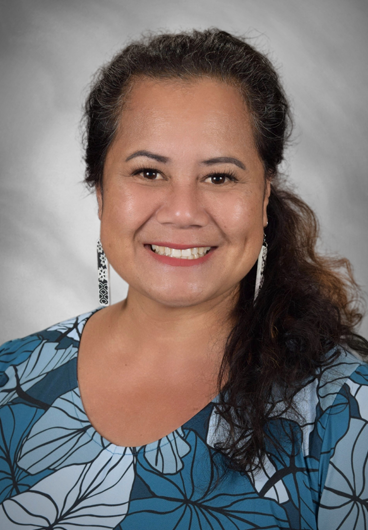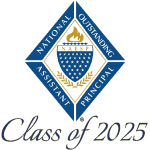
Hidi Boteilho
Keonepoko Elementary School
Pahoa, Hawaii
Hidi.Boteiho@k12.hi.us
Best Practices
1) Implementing Comprehensive Extended Learning Opportunities: This practice addresses the diverse needs of our haumāna by providing a comprehensive range of academic and extracurricular opportunities. This approach strengthens my role as an instructional leader by promoting well-rounded student development.
- Description: Responding directly to student voice, I coordinated Keonepoko Elementary’s ELO to incorporate both academic and extracurricular programs. This included introducing extracurricular activities such as basketball, soccer, robotics, and chess, which foster critical thinking, teamwork, and social-emotional learning. Simultaneously, targeted intervention, remediation, enrichment, and transition programs provided crucial support to address specific academic needs and facilitate smooth transitions between grade levels. This dual approach ensured that all students, regardless of their academic standing, had opportunities for growth and development.
- Alignment with HIDOE Priorities: This practice directly supports HIDOE’s focus on providing equitable access to high- quality learning experiences for all students. By offering both academic and extracurricular opportunities, we address the diverse needs and interests of our haumāna, promoting their holistic development.
- Data and Outcomes: As an instructional leader, I collaborated closely with kumu (teachers) to implement high-quality instruction and make intentional use of resources. Research-based strategies like ECRI and REWARDS addressed specific skill deficits, while enrichment programs like Summer Start provided valuable preparation for haumāna transitioning to new grade levels, setting them up for future academic success. Data-driven practices, including the use of CORE Phonics Surveys and Common Formative Assessments (CFAs) in ELA and Math, guided instructional adjustments and ensured measurable outcomes. This data-driven approach allowed us to monitor student progress, maintain accountability, and effectively meet the individual needs of every learner.
- Impact: This integrated approach created a more engaging and supportive learning environment, resulting in improved student engagement, academic performance, and social-emotional well-being.
2) Place-Based Professional Development Grounded in Na Hopena A’o (HĀ): This practice focuses on deepening staff understanding and implementation of HĀ through experiential, place-based learning, strengthening their connection to the local community and culture.
- Description: I spearheaded professional development centered on Na Hopena A’o (HĀ) by coordinating huaka’i {excursions) to significant cultural sites like Maku’u and Kahuwai. These experiences fostered a deeper sense of Hawai’i, Aloha, and belonging within the Keonepoko Elementary faculty and staff. The huaka’i were designed to enhance understanding of the HĀ framework through direct engagement with community partners, mo’olelo (storytelling}, and hana no’eau (activities}.
- Alignment with HIDOE Priorities: This practice directly aligns with HIDOE’s emphasis on culturally responsive teaching and learning. By grounding professional development in place-based experiences and Hawaiian cultural practices, we empower our staff to create more culturally relevant and engaging learning experiences for our students.
- Data and Outcomes: These huaka’i directly addressed several HĀ outcomes, including “knowing the place we live,” “learning new ideas and different ways of doing things,” “actively participating in school and communities,” “sharing the responsibility for collective work,” “appreciating the gifts and abilities of others,” “using Hawaiian words appropriate to their task,” and “learning the names, stories, unique characteristics, and importance of places in Hawai’i.” This experiential learning provided a powerful platform for “sharing the histories, stories, cultures, and languages of Hawai’i,” strengthening our school community’s connection to place and culture.
- Impact: Critically, these staff huaka’i served as a catalyst for extending place-based learning to our students. Inspired by their experiences, grade-level teams connected social studies and science content directly to these significant places. Teachers, having experienced the sites firsthand, were better equipped to create meaningful learning experiences. They extended the learning by taking students to visit Maku’u and Kahuwai, where they learned directly from the stewards of these significant places. This created a powerful cycle of learning, where staff development directly translated into enriching and culturally relevant experiences for our students, further solidifying our commitment to HĀ and place-based education.


